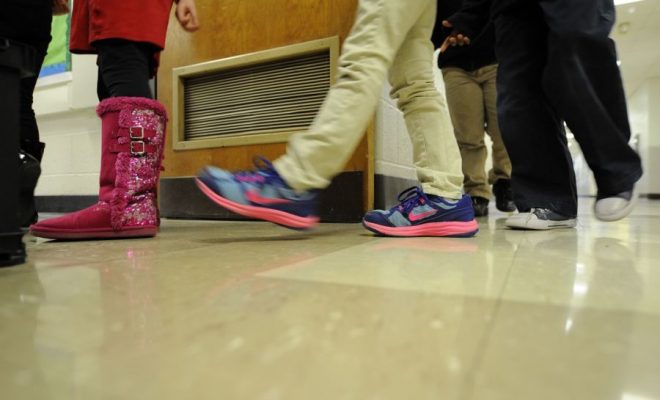Examining the Special Needs Graduation Conundrum

Does a high-school diploma leave any impact anymore? While identifying a new metric to establish the extent of the intellectual capacity of recent graduates has become a major responsibility of higher education communities, another struggle comes up. Special education graduates demonstrate unexplainable variations from one state to the other.
In this example, Mississippi and Arkansas have somewhat similar student bodies in terms of disabilities, but with a graduation rate difference of around 53%. Is that 53% difference because of the care invested in a student’s education or lower graduation standards? When it comes to the special-education quandary, these questions become important to make sure that all students are obtaining the best education possible.
Graduation Standards
What is the difference between the actions of Arkansas and Mississippi that the former is attaining a graduation rate of 84% among its disabled students while the latter has just a 31% rate? The instant thought is the lower standards of the whole system, but that might not be true. The special-education cycle encircling graduation is self-repeating and complicated.
Since 2013, Arkansas has established higher graduation standards compared to the countrywide expectation. It has increased the requirements to graduate in all core classes, including writing, math, history, and science. However, students with special needs don’t need to adhere to this standard because several school districts let them graduate purely on the basis of IEP completion.
If a student with a disability achieves their IEP goals, their graduation won’t be challenged by the state of Arkansas. You may start asking other questions by looking at this side of the system. Does this help students become sufficiently prepared for the world outside of their schools? Are these students expected to seek employment, or was graduation a milestone that marked growth more than ability?
The Seriousness of Special Needs
There’s no question about it that the seriousness of special needs will affect a child’s ability to graduate. It’ll also alter the expectation of teachers and staff, which I’ll discuss shortly. Tackling some of the most severe disabilities in every state, we can understand that there isn’t a single marker that would explain the huge difference in graduations.
For instance, autism rates in the state of Arkansas are around 0.5% higher than those in Mississippi. However, the developmental delay in Arkansas is 0%, whereas, in Mississippi, it’s 8.80%. In Arkansas, intellectual disability is higher by 4.9% with higher specific learning disabilities. By getting this overview you can evaluate that Arkansas might have more challenging special needs. However, it’s also logical to mention that they have different diagnosis processes.
It’s evident that in Arkansas, they don’t have any diagnosis of developmental delay. Instead, the specific learning disability diagnosis rate is significantly higher in the state. In Mississippi, there’s a substantial rate of developmental delay together with emotional disturbance, which covers several conditions.
A doctor’s chamber is the place where the evaluation of the seriousness of special needs should begin, not in the classroom.
Does It Signify Anything?
Right now, it appears that the expectation regarding special-education graduation is slightly more than an attendance prize. While lots of students may work sincerely to earn their grades, progress in their IEP, and become graduates, others may only require an educator who has stopped believing in the system.
An environment that lets educators pass with little consequence or incentive will always demonstrate better graduation rates for students with disabilities. Encouraging student growth and making them prepared for a self-sufficient life after high school should always be the goal.






